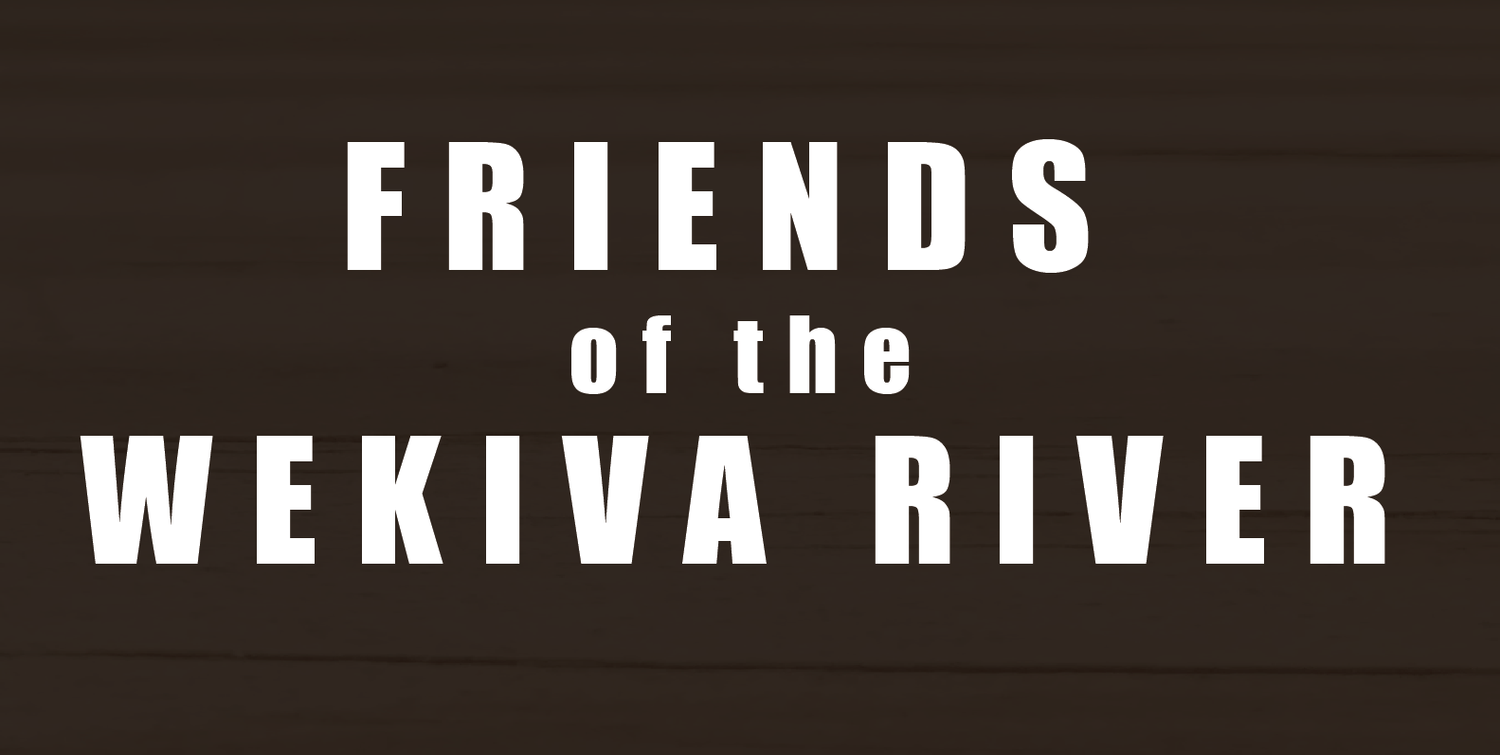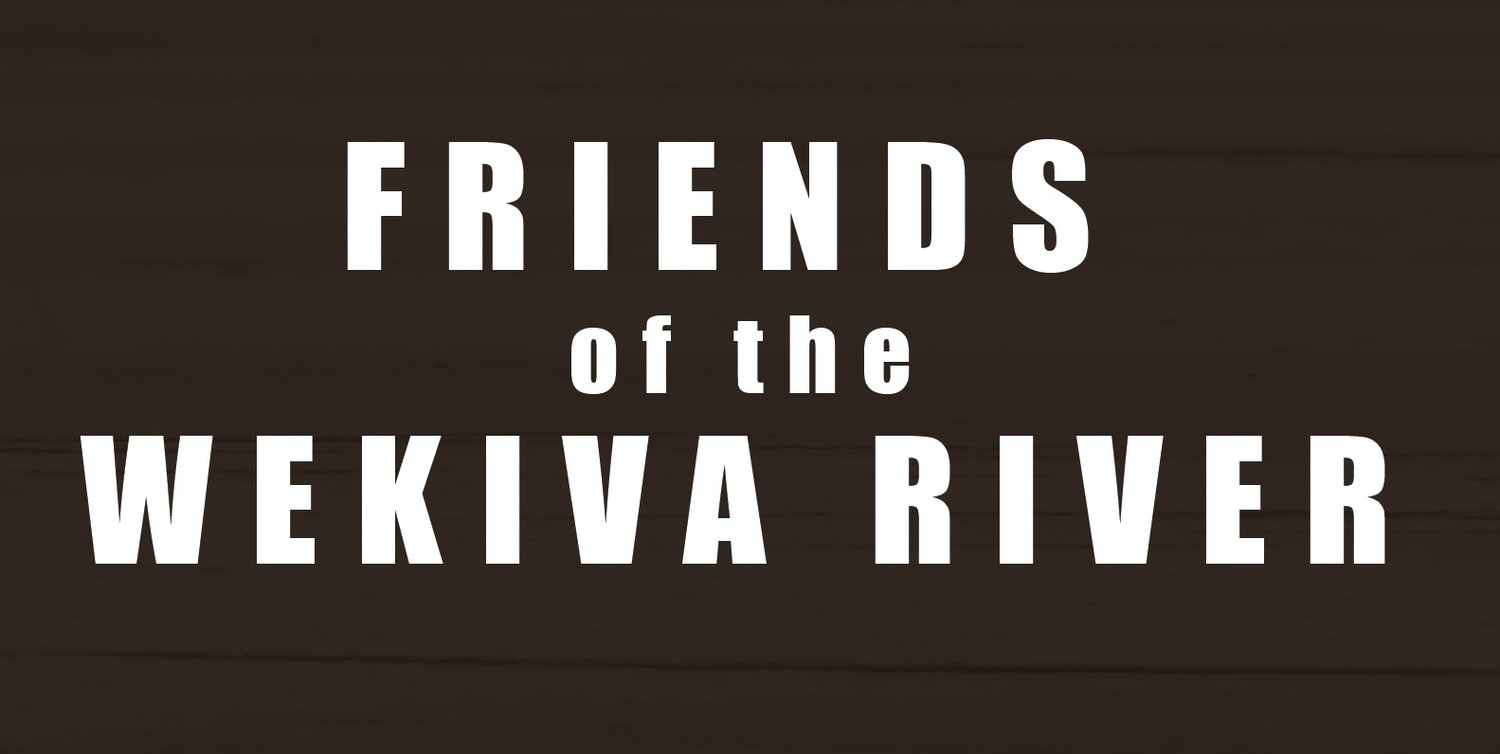25th Annual Wekiva Christmas Bird Count
Saturday December 19th – I’m going to devote the next two monthly articles to the Audubon Christmas Bird Count (CBC). For this month, a little history and some encouragement for everyone interested in the natural environment in the Wekiva basin to participate in this year’s count. Next month, I will summarize some of the details of the Wekiva CBC – scheduled for Saturday December 19th.
The National (now international) CBC is in its 116th year. The first CBC was established in 1900 as a way of providing non-hunters with a way of enjoying birds during the winter months (see https://www.audubon.org/content/history-christmas-bird-count). The area covered by the CBC and the number of people participating in the overall count has grown tremendously over the past 115 years. Almost each year sets a new record for the number of counts and the number of individuals participating. Last year, there were 2462 different count circles – 1888 in the United States, 460 in Canada, and 114 in the Caribbean, Latin America, Bermuda, and the Pacific Islands. There were 72,653 people that participated in the count: 62,211 of them were in the field and 10,442 observers were watching feeders (for more information, see visit the Audubon website.).
In the Wekiva basin, Fred Harden and others started a CBC in 1991 and the count has been an annual tradition sponsored by the Friends of the Wekiva River ever since. All CBCs occur within a 15-mile diameter circle. For the Wekiva CBC, we have divided that circle into 15 zones, each of which is managed by someone proficient in bird identification. During the count day (December 19th), the number of species and the total number of birds observed are tabulated for each zone and then compiled for the entire count circle. Our results are evaluated by state-wide compilers who then transmit the information to national compilers at the National Audubon Society.
Our count circle includes portions of Wekiva Springs State Park, Rock Springs Run State Reserve, Seminole State Forest and the Lower Wekiva River Preserve State Park. It includes portions of the creeks and rivers in the federally-designated Wild and Scenic sections of the basin, including Rock Springs Run, the Little Wekiva River, Blackwater Creek and the Wekiva River. The Wekiva count circle also includes more urban areas where, quite interestingly we frequently find birds that do not occur in the wilderness areas to the west.
Most of the birds that migrate through central Florida and spend the winters in the Caribbean or South America have pushed through central Florida by now. Similarly, most of the birds that will spend the winter in central Florida have arrived. (Even though, I have recently been in North Carolina and Tennessee and have seen relatively large numbers of goldfinches and robins – I’m curious as to whether they will be here in large numbers by the 19th). We documented 130 different species last year and had 61 people participate in the count. We observed a few species relatively rare to the Wekiva CBC – these included: magnolia warbler, bufflehead, pine siskin, Virginia rail, summer tanager, barn swallow, horned grebe and common goldeneye. We always hope to see unique species of birds, but real success is in engaging new participants.
To that end, the primary point of this month’s article is to encourage everyone who reads it to participate in the Wekiva CBC. Or, if you are not conveniently located near the Wekiva CBC or already have plans during the day on the 19th, find another count in your area on a date where you can participate. You don’t need to be an exceptional birder, you just need to enjoy being out of doors and seeing/hearing and ultimately identifying hundreds of individuals of dozens of species of birds.
If you are not already participating in a CBC, feel free to contact me and I will put you on a team.
As always, I appreciate your interest in the ecology of the Wekiva basin. Hike through, dive in or paddle along, and let me know what you find.
Jay H. Exum, Ph.D





